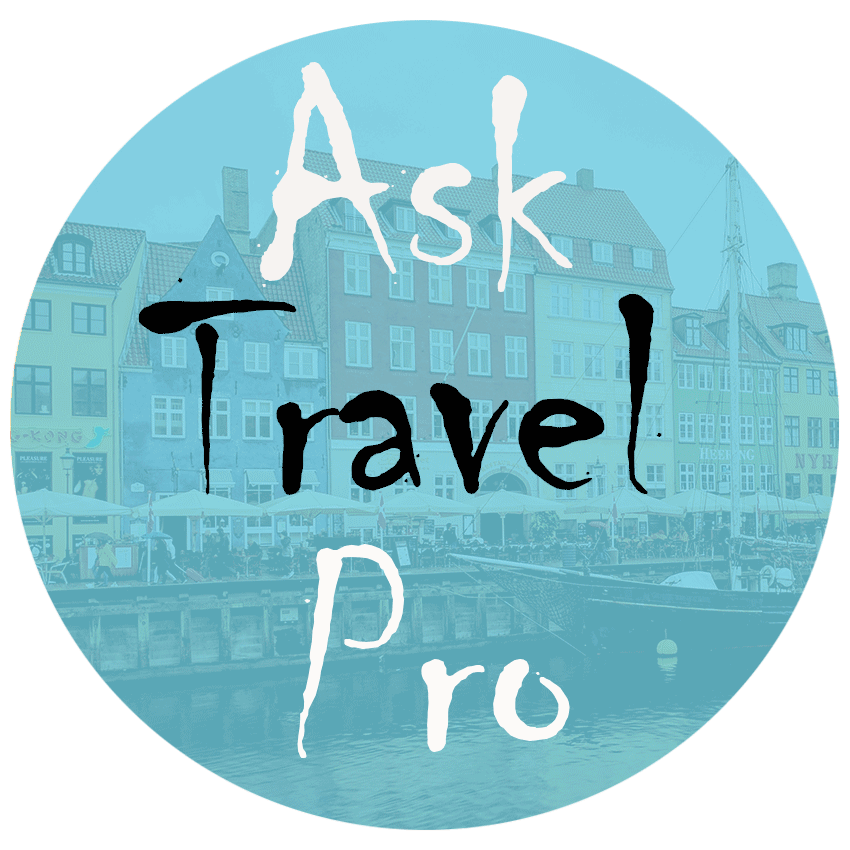Caribbean vacations in Mexico usually start in Cancun. This coastal town sometimes called “Party city” because of its extensive nightlife is a well-known gateway to Riviera Maya. No wonder: it is the biggest tourist hub for those arriving to Yucatan's sandy beaches. Direct flights from almost all major US airports make it even more attractive. And if you look on a map of Cancun beaches you'll see Cozumel: a long island situated a mere 12 miles offshore. The island is easily accessible by ferry from Playa del Carmen – a little town just south of Cancun.
Cozumel (Cuzamil), its name derived from Cuzam Lumil (meaning “Land of Swallows”), was inhabited for at least two thousand years. Historical finds tell us that island was a holy site for ancient Mayan people. There were temples dedicated to various gods, especially Ixchel, the goddess of fertility. Therefore it was quite common for young women when coming of age to travel to Cozumel for a blessing on their future motherhood. Of course, pilgrimage aside, there was an extensive trade between islanders and mainlanders.
In this way, things were moving along slowly and predictably for hundreds of years up until 1518, when Spanish explorers Juan de Grijalva and then Hernán Cortés docked their ships at Cuzamil and initially named it ‘Santa Cruz’, and later gave it the name we all use now.
The island's Mayan people, unlike those on the mainland, gave a peaceful reception to the Spaniards and continued to help them with supplies even though the newcomers behaved rather questionably, destroying local shrines and replacing them with their own religious symbols. Little did they know that this time would become a pivoting point in island's history...
Twelve years later, all the original shrines were in ruins, and the population had dropped from about ten or twenty (there are different data on the population) thousand people to about five (thousand). A few years later the smallpox brought by some infected Spanish crew members hammered the last nail in the island’s coffin. By 1552 only 300 people inhabited the island and by 1600 it was completely abandoned.
The second wave of massive migration to Cozumel started in 1848, as the result of the War of the Castes. Refugees came from the mainland to Cozumel to build a new life for their families. For another century or so it became a small, quiet community of fishermen.
The 1960s marked a third major pivoting point in Cozumel's history. Now it was the local tourist industry, which turned an eye to the nice, pristine beaches just offshore of Cancun and Playa del Carmen. With the light hand of famous undersea explorer Jacques Cousteau, the large (second in the world) and rich in sea life coral reef Palancar attracted many scuba divers. New hotels were built, and regular ferry services made it easily reachable from the mainland. Cozumel is called a divers’ paradise and this name is well-deserved.
Cozumel Reefs National Marine Park is home to more than 25 coral species, very diverse in shape and color. This alone would make it spectacular! But on top of that, there is also extensive underwater life. Divers and snorkelers can spot sea turtles, toad fish, French angelfish and many more funny-looking and rare creatures. The total number of fish species found there is over 500, which makes every dive a sure hit.
However, as the reef attracted more tourists, cruise ships started to arrive regularly to Cozumel and it lead to a fast deterioration of the corals. This worried ecologists, and they brought their concerns to the attention of the Mexican authorities. In 1996 the Mexican government established Cozumel Reefs National Marine Park in an attempt to balance healthy underwater life with the much-needed for the economy tourism.
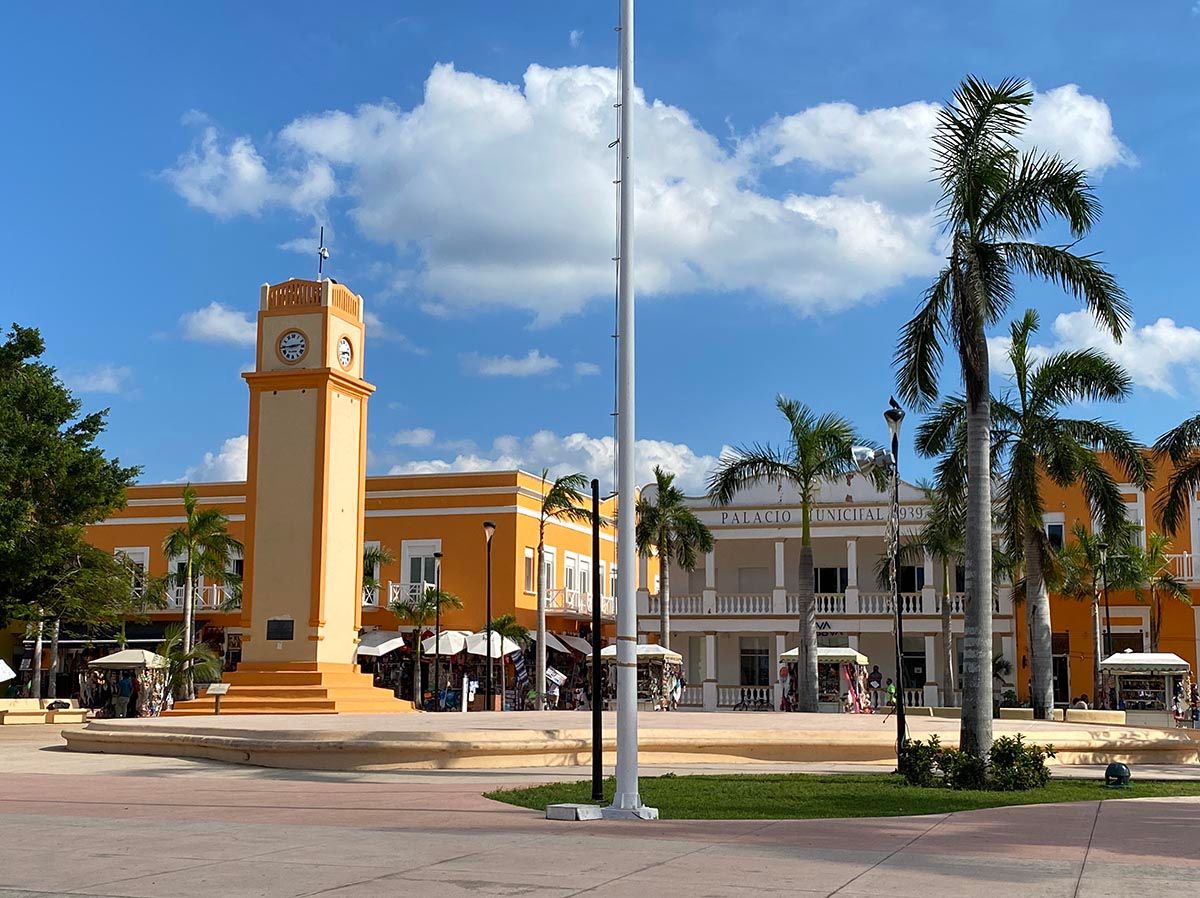
Is Cozumel worth visiting? Absolutely! If you’re staying in Riviera Maya or Cancun and have a free day, treat yourself with a day trip to the island. The ferry ride from Playa to Cozumel is short, it only takes 40 minutes. Adult tickets cost around 7 US dollars, and kids can ride for under 3 USD. Want to stay longer? There are many hotels and even upscale all-inclusive resorts.
Those who do not feel like diving can visit ancient Mayan ruins, rent a scooter/car and explore the sandy beaches on the southern part of the island, or just spend a lazy day not too far from the ferry terminal, sunbathing and swimming on the beach, shopping for authentic souvenirs, clothes, jewelry and home decor, and when hungry, tasting freshly cooked seafood and Yucatan cuisine.


Try to include in your travel plans a visit to the San Gervasio archeological site. You might not guess by its name, but it actually is an ancient Mayan ruin. It used to be the sanctuary of Ixchel, goddess of fertility and it is also the biggest remaining archeological site in the island.
Why, then, is it called “San Gervasio”? Simply because in colonial times San Gervasio ranch was near this site.
From the ferry terminal you can either get a taxi to Zona Archeologica de San Gervasio, or rent a car and drive on your own. It takes less than half an hour to get there; parking is free. Car rentals in Cozumel aren’t very expensive, especially if you wait until you arrive on the island and walk a few blocks away from the ferry terminal.
Unfortunately, some large parts of archeological sites on the island were demolished during World War II to make room for a long airplane runway. The San Gervasio site, however, has remained intact.
Being relatively small, 48 km (30mi) long and 16 km (10 mi) wide, Cozumel has quite a rich history full of unexpected twists. Ancient Mayan ruins, medieval Spanish churches, modern resorts and cruise liners, and even a small beach hut cafe entirely dedicated to Bob Marley’s heritage… What could be next? History is a constant work in progress!
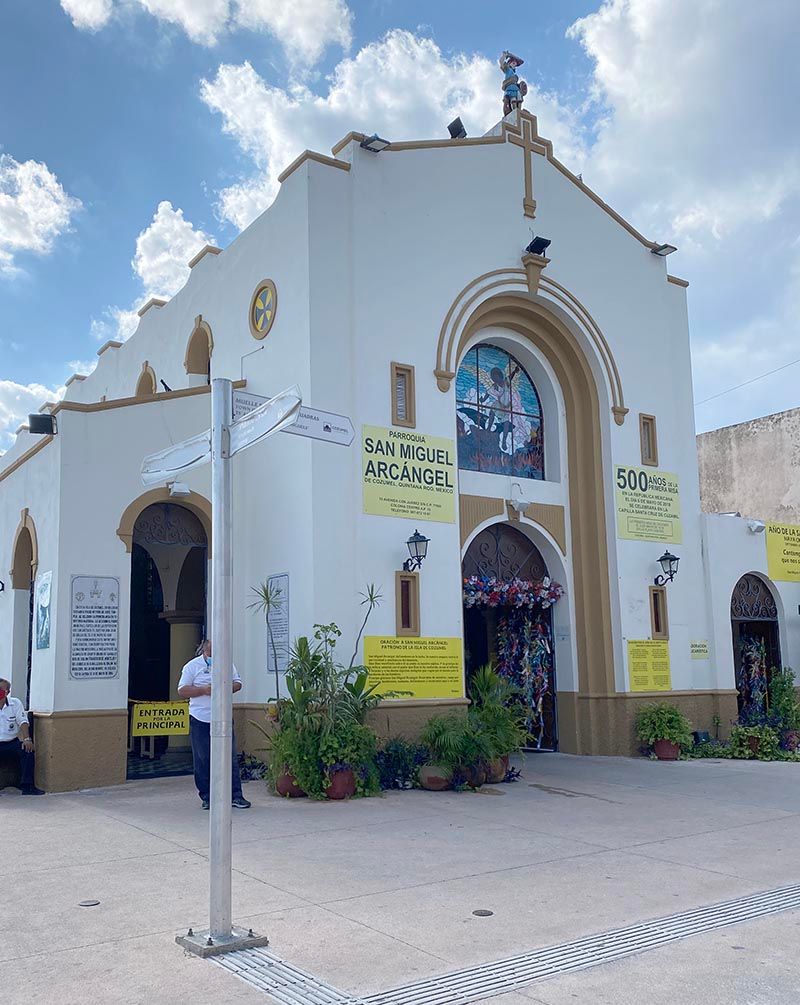

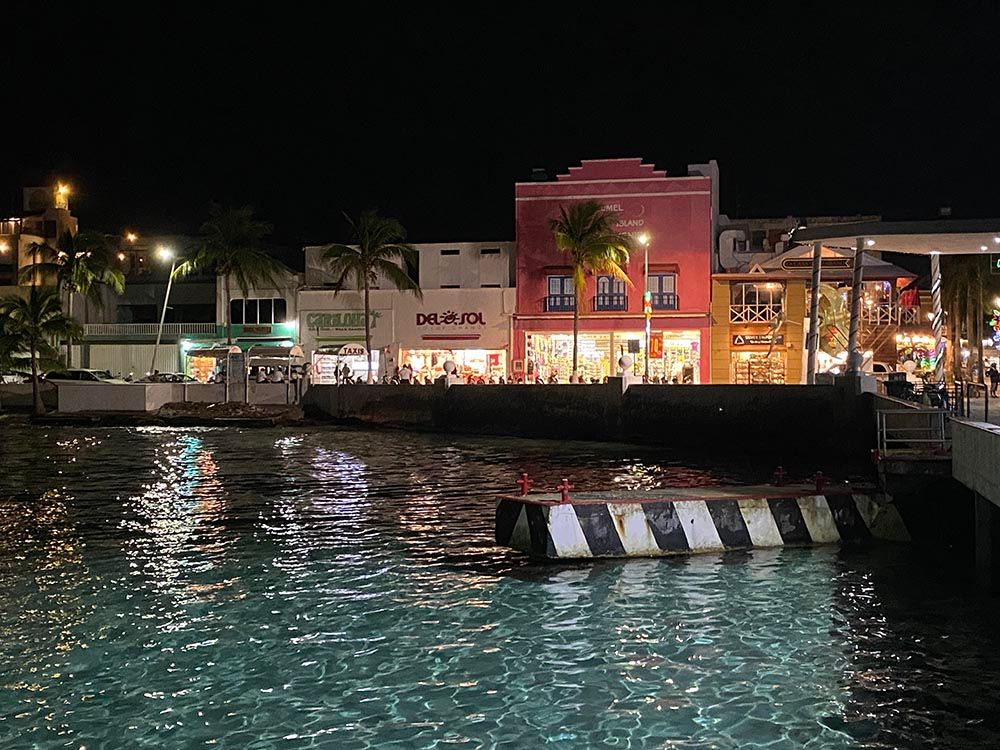

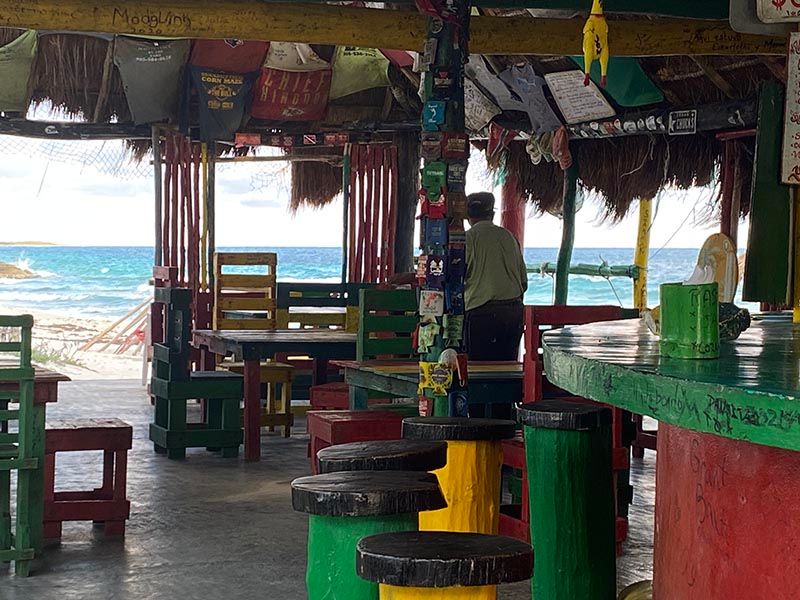
Tips for visiting Cozumel
1. As in any touristic place in Mexico there are flocks of street vendors and Playa del Carmen is not an exception. As you walk to the ferry terminal, you’ll be offered to rent a car in Cozumel before you even get a ferry ticket. You can accept these offers, or you can save some bucks by waiting until you arrive to the island. There is an advantage in doing so: not only is it cheaper, but it will also allow you to better plan your time on the island.
2. Renting a car is very easy: it takes about 15-20 minutes. Be prepared to drive a very old car, though. Thankfully, most of the rentals are automatic. Navigation is also very easy. There is basically only one road. It cuts across the island starting from the ferry terminal, then turns right and follows the coastal line, so you’ll see all the beaches.

3. If heading out for a drive in the morning, it makes perfect sense to start from the downtown near the ferry terminal, head to the other side of the island, stopping for the San Gervasio Mayan ruins, and then continue to the shore and along the beaches in a clockwise direction. If you are a late bird and are starting in the afternoon, you might want to drive counterclockwise to avoid getting the sun in your eyes on the way back.

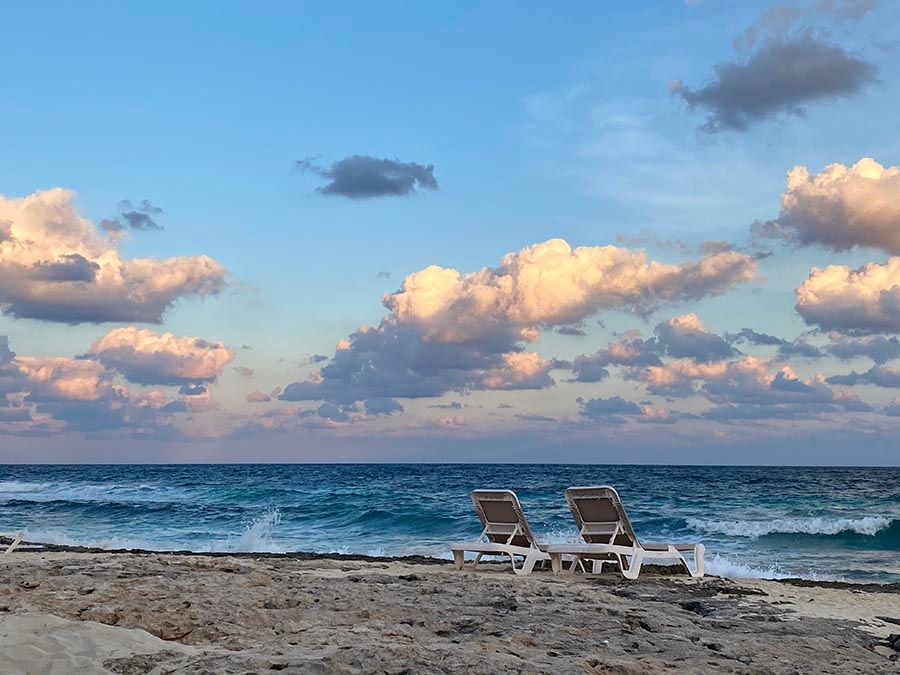
4.When the sun begins to set, street food carts flock into the downtown. You’ll see “Marquesita people” parking their small, wheeled booths along the streets and making their delicious dessert snack right in front of your eyes. Marquesitas are large, very thin and crispy waffles rolled into a tube and filled with bananas and Nutella spread. Oftentimes shredded cheese is added. It might sound unusual, but in fact, shredded cheese adds an interesting twist to the bulletproof banana/Nutella combination.
